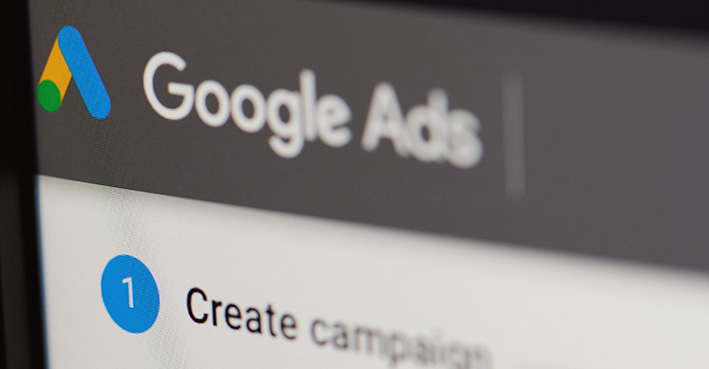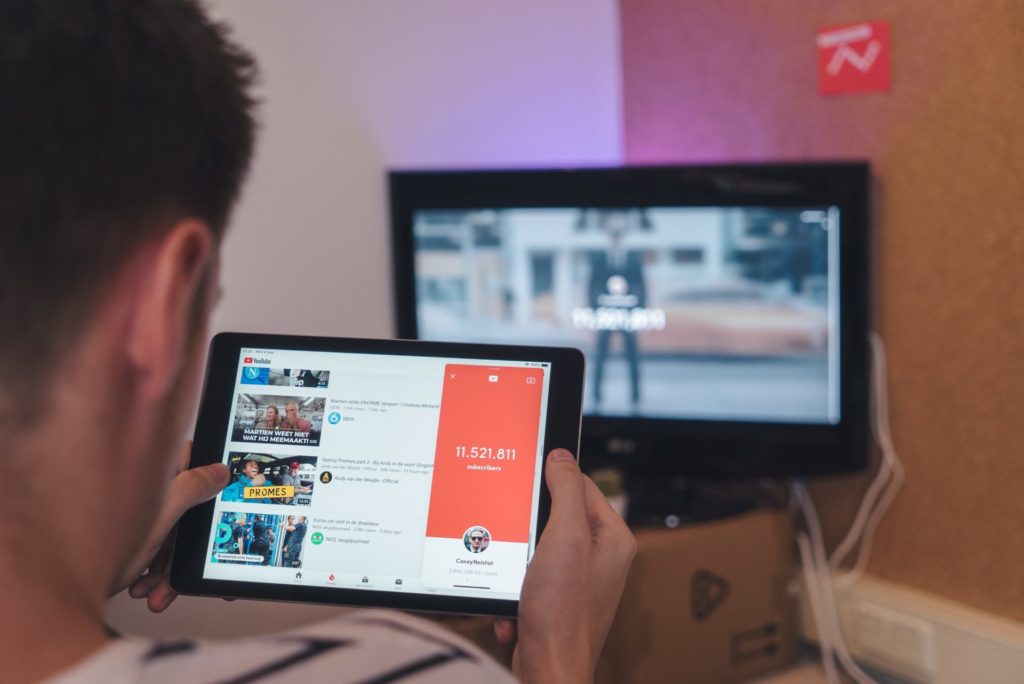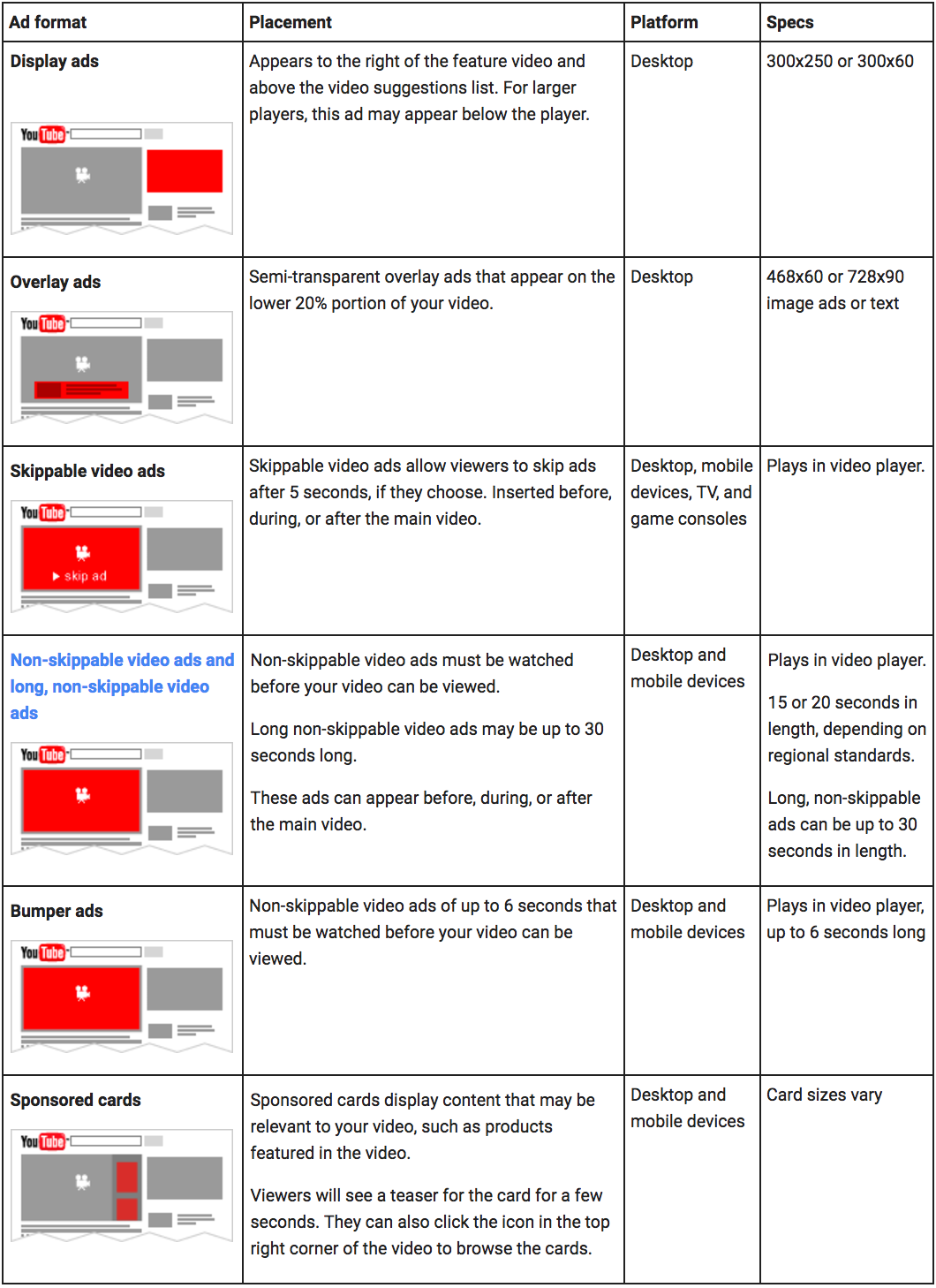YouTube Ads vs. Google Search Ads | Pros and Cons
While they shouldn’t be seen in opposition to each other, it’s important to understand the differences between YouTube Ads and Google Search Ads (pay-per-click).
YouTube Ads vs. Google Ads
Google Search Ads
Regular Google Search ads are great, especially for local businesses. Year after year, this is the main form of advertising that we use for the home service industry. It’s an oldie, but a goodie. You get to target people exactly as they are searching for products, services, and information related to your industry. You can also use the Display Network, which we don’t recommend for beginners.

Unfortunately, there are some drawbacks. First, there is a huge learning curve when it comes to the Google Ads interface. This is bad for the beginner, but gives the trained expert a lot of options when it comes to targeting a specific user at a specific time. That’s why most businesses hire a marketing firm that specializes in Google Ad optimization.
Second, it’s expensive! You’re going to pay a premium for targeting users who are already in the right mindset — those looking for your product or service right now. For many of the keywords that we target, the cost-per-click is very high. For instance, “air conditioning replacement” can cost you upwards of $50 per click. Keywords related to legal services can cost you hundreds of dollars per click.
Since there is so much competition in this limited ad space, costs are driven up. That’s why it’s so important to optimize the message, targeting, and offer. Otherwise, you might end up losing money.
YouTube Ads
We’re getting more and more excited about the results we’re seeing from YouTube Ads. Over the past few years, more and more small and medium-sized businesses are getting into the space. And there’s a good reason why! YouTube is basically a video search engine. About 2 billion people log in and watch YouTube videos every month (Business Insider). According to YouTube, more 18+ year olds in the US watch YouTube than any television network.

Also, YouTube offers all of the hyper-targeting options that Google does. After all, Google owns YouTube. It’s kind of like how Instagram uses the same advertising platform as Facebook. With the power of Google, we can choose to target people based on specific information, such as whether they visited a certain website, recently searched for “plumbing repair near me,” live in a specific zip code, or watch The Mandalorian.
The main difference between YouTube ads and traditional Google Search ads is the cost. It only costs a couple of cents to get your video seen while you can spend upwards of $50 for a single click from a traditional Google PPC campaign.
In a recent YouTube ad campaign, we tracked 2.4 million impressions with a 32% interaction rate. We targeted people who have searched for specific search terms and optimized our messaging and offer. Compared with the minimum $50 cost-per-click with our traditional PPC campaign, we were only paying about $7/click with the YouTube campaign.
Since we were targeting high-competition, high-return search terms related to the HVAC industry, our cost-per-click on YouTube was higher than other industries, but still the cost difference was significant. We received over 1200 calls from YouTube in just one month!
But, there are a lot of hidden costs. YouTube requires you to be more creative. And, of course, you’ll need to produce a video, which can get expensive.
How YouTube Ads Work
YouTube uses all of the same granular targeting options as Google at a much lower cost. For just pennies, you can get your ad seen. If the user skips your video, you don’t pay anything. If your video gets clicked on, the user gets sent to a landing page of your creation. It can even be the same landing page you use for your Search and Display Ads.
YouTube Video Ad Formats

Source: Google Support
There are many different types of formats to choose from when advertising on YouTube and across video partner sites:
Skippable In-Stream Ad
Skippable YouTube ads are designed to capture your interest within the first five seconds, before the “Skip Ad” button appears. They can appear before, during, or after a video on YouTube; however, they can also appear on YouTube watch pages and partner sites and apps.
These ads are a great way to gain brand awareness and get your ad in front of a lot of people for free since you don’t pay anything if the person clicks on the “Skip Ad” button. That’s right—you only pay “when a viewer watches 30 seconds of your video (or the duration if it’s shorter than 30 seconds) or interacts with your video, whichever comes first” (Google). That means you get 5 seconds of free advertising time.
While you may not get a paying customer from all those people who skipped your ad, you can get your name and what you do in their consciousness. And these are people who you have already targeted as a lead.
You can also choose cost-per-thousand (CPM) bidding, which charges you every time your ad is shown 1,000 times.
Skippable YouTube ads are by far the most popular format. They are a cheap way to get leads, increase web traffic, and boost brand awareness.
Non-Skippable In-Stream Ads
Non-skippable ads have always been unpopular with users, but there have been less complaints ever since YouTube shortened the maximum length from 30 seconds to 15 seconds or shorter.
The key to making in-stream ads work is grabbing the viewer’s attention in less than 5 seconds. If you don’t, they’ll skip it.
Display Ads
Display ads show up on the right-hand side of the video you are watching, above the video suggestion list. It used to stick out as a sponsored post, but the ads now blend in a lot more with the organic listings.
Keep in mind that Display ads DO NOT take the user to your landing page or website. They are a link to your video content. You can, however, include links to your landing page in the video description and in clickable annotations. Make sure your thumbnail image is attractive and accurately represents your video.
No matter which YouTube ad format you choose, make sure there’s a strong headline, a clear call to action, and an engaging thumbnail image.
For more information on YouTube ads, read our YouTube Advertising Guide.
Omni-Channel Marketing

As we mentioned in the beginning, Google Ads and YouTube Ads should not be seen in opposition with one another. Nearly every time we run a YouTube Ad, we are running Google Ads at the same time. Google Ads are still the best when it comes to direct-response marketing. On YouTube, you are interrupting people’s viewing pleasure and asking them to click away.
It’s important to market on multiple channels at the same time, targeting different people with different goals. Learn more about PPC, SEO, Social Media, and other services we offer.
As these channels get more expensive, conversion rate optimization becomes more important. If you can double your conversion rates, you can spend a lot more. Are you optimizing your advertising?

